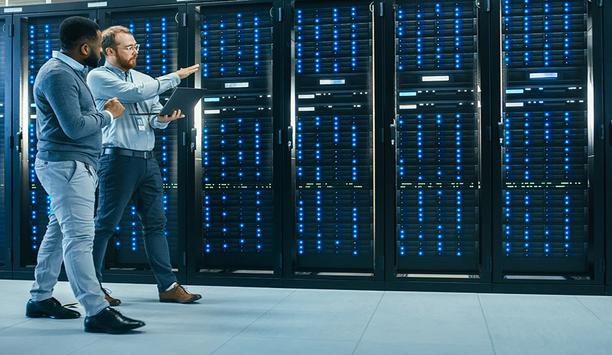What are the physical security challenges of “safe cities”?
Editor Introduction
Cities are increasingly connected using information and communication technologies, a trend often referred to as “smart cities.” In much the same way, “safe cities” initiatives are uniting businesses, city officials, law enforcement and other stakeholders in an effort to maximise the safety of businesses and citizens and to minimise theft and crime. Safe cities programmes seek to leverage a variety of resources, including public-private partnerships, to make urban communities safer places to live, work and shop. It’s a rapidly growing market for physical security products and systems. We asked this week’s Expert Panel Roundtable: What are the physical security challenges of "safe cities" applications, and how is the market meeting those challenges?
Safe cities applications face a variety of challenges, one being urbanisation. It’s a trend on a global scale, and cities really need to become more efficient at managing the flow of people as well as providing proper security. Cyber security is also important; any node on a network is vulnerability. Video is data, and cities need to be able to effectively protect their data.
The primary challenge is the addition of a vulnerability to customer infrastructure. Whether adding smart metering or intelligent traffic control, the systems put in place for smart cities can introduce new vulnerabilities into a municipality's, or a home owner's, networked environment. To address this challenge, care must be taken to isolate the communication and secure the edge devices (those facing the public) in smart city solutions. Understanding the integrity of the configuration of the edge devices on a continuous basis is another critical security element. Otherwise, the positive outcomes of the solution can be weighed down by the inconvenience and cost and loss of reputation when a smart city project is identified as the cause of a security intrusion.
As with any complex security system, there are many different challenges with safe city applications. One of the challenges is, of course, to make systems from different manufacturers work together. Interoperability is important not only from an operator’s point of view, but also in how cities and their internal divisions should respond to incidents reported by the security systems. The integrity of both citizens and the systems themselves is and has always been a top priority and should not be compromised for the sake of ease of use for the operator or for operational efficiency.
Whether it is video analytic platforms to monitor traffic patterns or cameras deployed to help law enforcement ensure public safety, many cities are looking at advancements in camera technology. Upgrade costs and technology compatibility issues are often front-and-centre when it comes to blending new technology in with existing infrastructure. For example, if city law enforcement officials want to improve video camera image quality, which can improve the evidentiary value of footage in prosecutions, they may look at newer HD or IP-based video systems. To stretch a tight budget, a migration plan to an IP-based camera system could be phased in over time by centreing the upgrade on a new hybrid DVR system. This way, both existing analogue and newer IP-based cameras can be hooked into the system.
Population growth within today's urban city centres is a primary challenge of Safe City applications, which aim to help augment city agencies, support response in man-made or natural disasters, and provide a real-time view of emerging threats. Physical security challenges in these examples include the need for multiple disparate systems to track incidents; the need to utilise video surveillance data from public and private entities; and the ability for first responders to gather the intelligence they need to provide a targeted response. The most important part of any comprehensive Safe City project is multi-agency cooperation, streamlined emergency response, stronger security and faster investigations, leading to a stronger feeling of safety that fosters continued growth. The development of a Safe City helps create a more proactive response to potential security situations. But this level of collaboration cannot be reached unless there is 100 percent cooperation from every stakeholder.
Editor Summary
There are many challenges in our path to safer cities, from the cyber security of a city’s information and communication infrastructure to a variety of budget challenges. Networks are at the centre of any smart city, and provide the “glue” for a variety of safe city applications, too. So managing networks effectively is key. With every edge device (whether a video camera or a traffic sensor) come new possibilities, and potentially new vulnerabilities. Suffice it to say that “safe cities” are an important environment where our industry’s products can make a real contribution, assuming we can adapt to the unique challenges.












